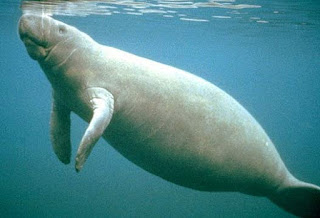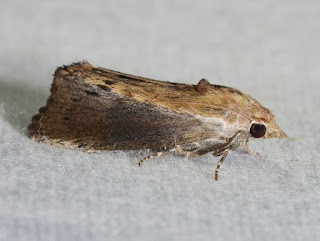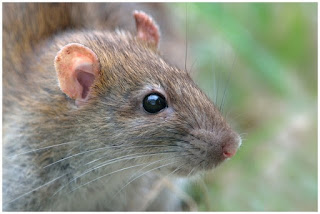Have you ever wondered what life on other planets might look like?
While images from Men in Black are probably running around in your head, there’s plenty of life already on earth that’s a little extra-terrestrial.
1. Matilda the alien cat.
The kitty-cat world’s answer to E.T.
But Matilda isn’t the only creature suited to life in a sci-fi movie – as these fantastic pics prove…
2. The Blobfish
Take the Blobfish. Bearing a startling resemblance to Flubber, it certainly wasn’t blessed with looks! That’s probably why it’s regarded as the world’s ugliest animal!
3. The Coffinfish
Found deep in the ocean is a sea toad that walks – literally. The Coffinfish is another that was abandoned when it came to the looks department, but its eerie appearance lends itself to something Will Smith might shoot as it leaps from a sewer!
4. The Axolotl
No this little creature isn’t a Pokemon, despite its magical appearance. The Axolotl wanders the sea floor near Mexico but its time on Earth is quickly running out as it is critically endangered.
5. The Seapig
Seapigs can be found roaming nearly all of the world’s oceans, but the chances are you’ll never actually see one as they live on the deep-sea floor. That’s probably a good thing given their potato-like appearance though.
6. The Shoebill Bird
Found in just a handful of locations across Africa, the shoebill bird is similar to a stork but could easily be mistaken as a fresh escapee from Jurassic Park.
7. The Giant Salamander
Completing our list is the largest amphibian left on the planet. The giant salamander can grow to be bigger than a person although its endangered status means finding one of that size is incredibly rare.
read more "7 Animals That You Won’t Believe Come From This Planet"
While images from Men in Black are probably running around in your head, there’s plenty of life already on earth that’s a little extra-terrestrial.
1. Matilda the alien cat.
The kitty-cat world’s answer to E.T.
But Matilda isn’t the only creature suited to life in a sci-fi movie – as these fantastic pics prove…
2. The Blobfish
Take the Blobfish. Bearing a startling resemblance to Flubber, it certainly wasn’t blessed with looks! That’s probably why it’s regarded as the world’s ugliest animal!
3. The Coffinfish
Found deep in the ocean is a sea toad that walks – literally. The Coffinfish is another that was abandoned when it came to the looks department, but its eerie appearance lends itself to something Will Smith might shoot as it leaps from a sewer!
4. The Axolotl
No this little creature isn’t a Pokemon, despite its magical appearance. The Axolotl wanders the sea floor near Mexico but its time on Earth is quickly running out as it is critically endangered.
5. The Seapig
Seapigs can be found roaming nearly all of the world’s oceans, but the chances are you’ll never actually see one as they live on the deep-sea floor. That’s probably a good thing given their potato-like appearance though.
6. The Shoebill Bird
Found in just a handful of locations across Africa, the shoebill bird is similar to a stork but could easily be mistaken as a fresh escapee from Jurassic Park.
7. The Giant Salamander
Completing our list is the largest amphibian left on the planet. The giant salamander can grow to be bigger than a person although its endangered status means finding one of that size is incredibly rare.






























































